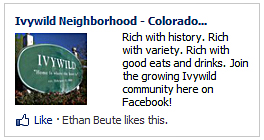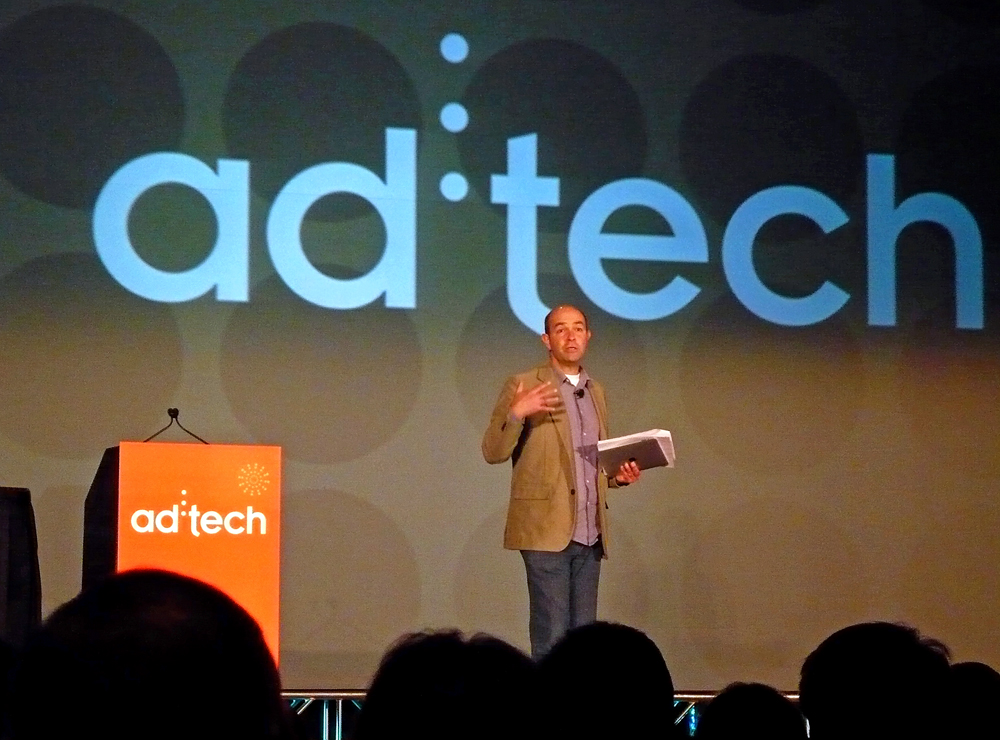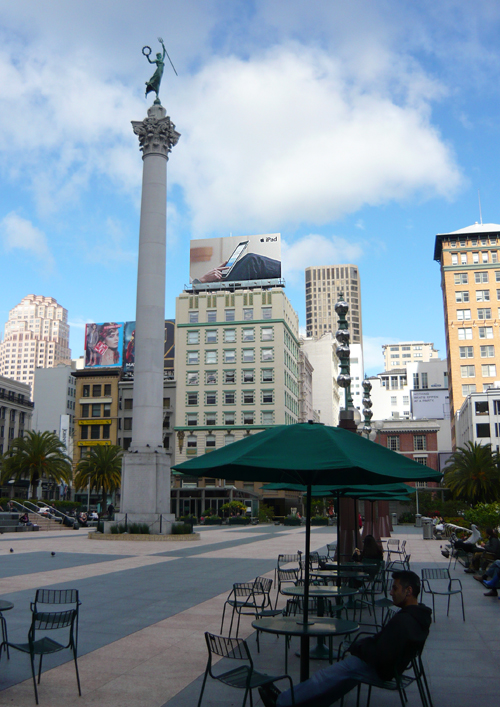If you read magazines like Wired or Inc. (yes, both still appear in print on actual paper), you may have noticed offers from Google and Facebook on those little pull-out/fall-out cards that are annoyingly tucked, glued or stapled into just about every magazine.
The offers are basically identical and provide a unique code to cash in for $75 in Google Adwords or $50 in Facebook Ads. It’s a smart way for each company to invite prospects into their easy and cost-effective ad systems. It’s free money for me and wholly trackable sampling for them.
While reading the recent issue of Inc. featuring a cover story from Jason Fried about how to get good at making money (note: I really enjoy his ongoing involvement with Inc.), I decided to take Facebook up on their offer. I used the $50 ad credit to prop up a community page I made for my neighborhood, Ivywild Neighborhood – Colorado Springs.

My set-it-and-forget-it Facebook ad for "Ivywild Neighborhood - Colorado Springs"
My approach was smart from the start, but lazy through the finish (I never A/B tested or adjusted any copy or imagery). I set up the ad to target people who:
- Live in the United States
- Live in Colorado Springs, Colorado
- Are age 18 or older
- Who like Bristol Brewing Company
- Who are not already connected to Ivywild Neighborhood – Colorado Springs
Why Bristol? They’ve got the biggest Facebook fanbase – by far – of any neighborhood business (about 3,500). Along with The Blue Star and J Gregory Salon, Bristol is also right across the street from the sign that marks, declares and names the neighborhood. I used this familiar sign as the primary image in the ad; it’s also the primary profile picture of the community page.
The ad clicked through to the Info section of the Ivywild community page, which defines the purpose of the page, the informal boundaries of the neigbhorhood and a touch of history. I favored this over the wall, because the page has limited user interaction at this point; it isn’t as “alive” as I’d like it to be.
I set it up as a cost per click campaign with a budget of $5 per day. I let it run past the 10 free days and ended up paying $15 out of pocket.
Campaign results (rounded):
- 180,000 impressions with a click through rate of 0.06%
- 50,000 “social impressions” with a click through rate of 0.094%
- Total clicks of 110 / Total “social clicks” of 48
- Total CPC of $0.59 / Total CPM of $0.35
- 97 fans before the campaign, 163 at the conclusion of the campaign
- 60% conversion rate (66 fans from 110 clicks)
- Cost per conversion of about $1
Facebook’s social metrics refer to impressions that include the names of people to whom you’re connected who already like the page. As seen in the results above, the social piece is pretty powerful. Though they accounted for 28% of the impressions, they accounted for 44% of the clicks.
This free, simple effort grew the page 68%. It was fun, easy and interesting.
I recommend you pull the offer out of a magazine on a newsstand today … unless they’re only running it with paid subscribers (all the better for tracking and measuring), in which case I won’t advocate you pulling the offer from a magazine in someone’s mail box.
Here’s a simple something I wrote back in May 2010 about why I created the page.

